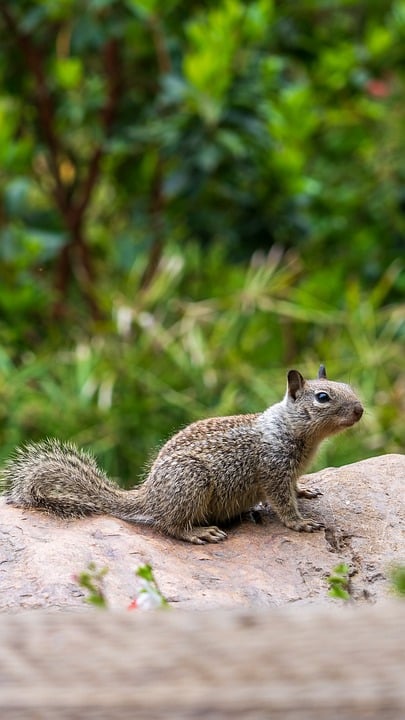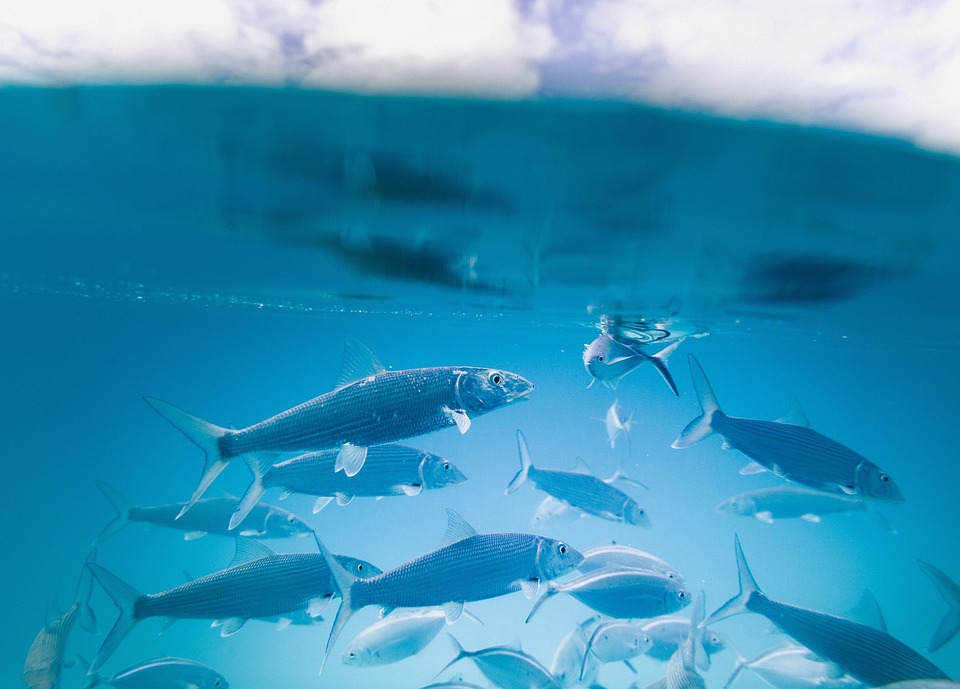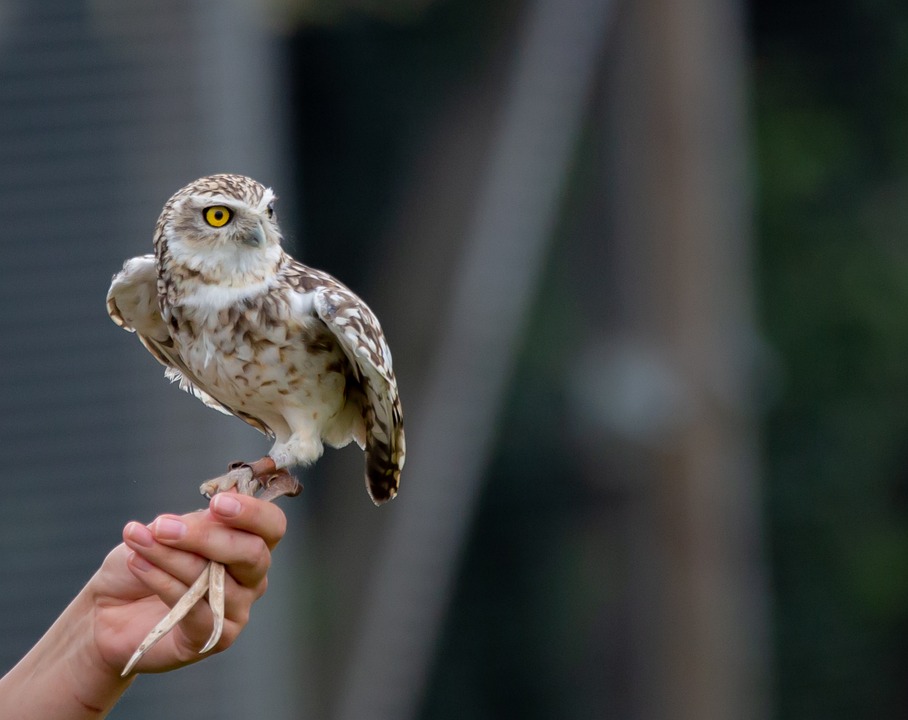Getty Images is a renowned stock photo agency that provides a vast collection of high-quality images, videos, and music to individuals and businesses around the world. However, beyond its visual offerings, Getty Images also plays a crucial role in highlighting important issues and events through its diverse range of content. One such pressing issue is the increasing human-wildlife conflicts that are occurring due to climate impacts and resource shortages.
Recent incidents of predator attacks on hikers and park rangers in the US have brought attention to the dangers posed by wildlife encounters. Ally Hirschlag delves into the reasons behind why animals attack humans in the wild, shedding light on the complexities of these interactions.
One harrowing account involves Keri Bergere, who was viciously attacked by a cougar while on a bike ride with friends in Washington. Despite their efforts to fend off the animal, Bergere suffered severe injuries, highlighting the sudden and unpredictable nature of such encounters. Similarly, Vanessa Chaput’s encounter with a grizzly bear in Yukon serves as a stark reminder of the risks posed by wildlife in their natural habitats.
These unexpected encounters between humans and carnivores often result in defensive behavior from the animals, as they react to the surprise of human presence. Chris Servheen, a wildlife expert, explains that such encounters are common, with animals attempting to neutralize perceived threats before retreating.
While the number of attacks remains relatively low, the consequences can be severe, with fatalities occurring in a minority of cases. Factors such as natural aggression, food-conditioned behavior, and predatory instincts can contribute to these conflicts, highlighting the need for caution and awareness when in wildlife habitats.
Researchers like Vincenzo Penteriani emphasize the importance of human behavior in preventing such attacks, noting that risky actions can increase the likelihood of an encounter turning violent. By understanding and respecting wildlife, individuals can minimize the risk of conflict and coexist peacefully with these animals.
Climate change and urban sprawl are identified as key factors exacerbating human-wildlife conflicts, as changing environments force animals and humans into closer proximity. As resources become scarcer, the potential for conflict rises, underscoring the need for proactive conservation efforts and responsible behavior.
In regions where carnivore populations are more prevalent, such as low-income countries with vast rural landscapes, the risk of encounters is heightened. Livelihoods dependent on agriculture and livestock create a complex dynamic where human-animal conflicts are more frequent, leading to challenges in coexistence.
Efforts to mitigate these conflicts include community programs like Bear Smart, which promote responsible practices to deter wildlife and protect both humans and animals. By securing attractants, using deterrents like bear spray, and understanding animal behavior, individuals can reduce the likelihood of dangerous encounters.
In the event of an attack, knowing how to respond can mean the difference between life and death. Guidelines for interacting with different species, such as bears and cougars, emphasize strategies like making oneself appear larger, making noise, and fighting back if necessary.
Ultimately, fostering peaceful coexistence with wildlife requires mutual respect and understanding. By taking proactive measures, respecting boundaries, and promoting conservation efforts, humans can coexist harmoniously with carnivores, even in the face of environmental challenges. Getty Images‘ role in raising awareness of these issues through impactful visuals underscores the importance of conservation and responsible behavior in safeguarding both human and animal populations.





